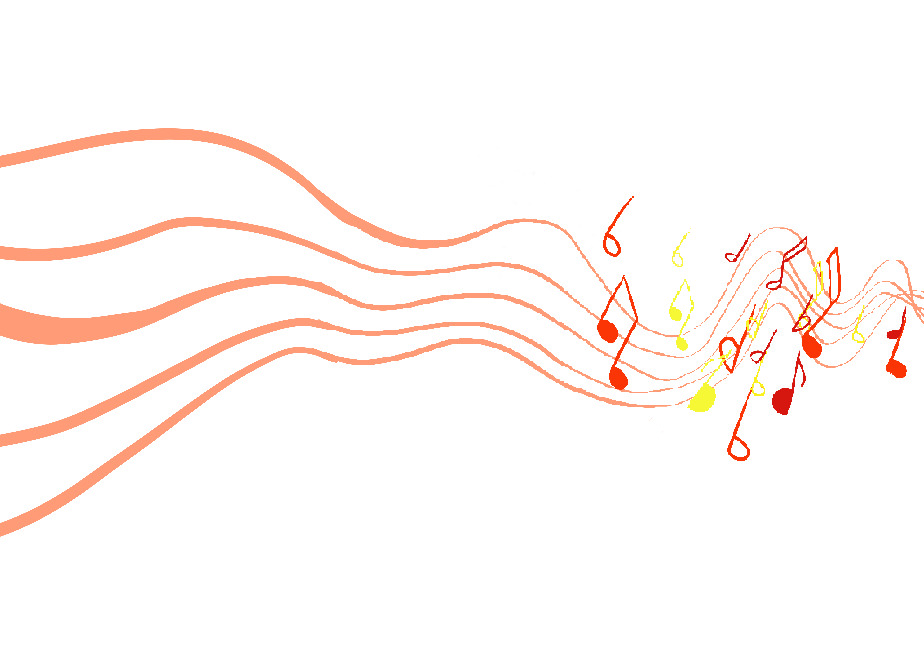Understanding golf’s scoring system is essential for players at any level. The golf handicap allows golfers of different abilities to compete fairly, leveling the playing field during matches. By quantifying a player’s potential performance, the handicap system fosters inclusivity and makes the sport enjoyable for everyone, from beginners to seasoned players.
This article breaks down the handicap concept, explaining how it is calculated, its significance, and how golfers can utilize this system to enhance their game when playing with friends or during golf lessons. With a solid grasp of handicaps, players can improve their strategy and competitiveness and ensure they make the most of every round.
What Is a Golf Handicap?
A golf handicap is a numerical representation of a golfer’s potential ability that allows players of varying skill levels to compete against each other on an equitable basis. The handicap system helps create a fair playing field by providing a way to adjust scores based on the player’s average performance.
Essentially, a golfer’s handicap indicates the number of strokes they can subtract from their total score to level the competition. For instance, a golfer with a handicap of 10 is expected to shoot ten strokes above a par score on a course. This system encourages participation and adds an element of strategy and challenge to the game.
How Is a Golf Handicap Calculated?
Calculating a golf handicap involves several key components to ensure accuracy and fairness. First, a player’s adjusted gross score (AGS) is determined, which accounts for any maximum allowable scores on individual holes. The AGS is then compared to the course rating to assess performance.
The formula for calculating a golf handicap is: Handicap Index = (AGS – Course Rating) × 113 / Slope Rating. This calculation uses the last 20 rounds played, with the best 10 scores considered to establish an accurate handicap index. Regular updates to the handicap are essential so that it reflects the player’s most recent performances and ensures fair competition in future rounds.
The Role of Course Rating and Slope
Course rating and slope rating are critical elements of the golf handicap system because they influence how handicaps are applied during play. The course rating represents the expected score for a scratch golfer (a player with a handicap of zero) under normal playing conditions.
Conversely, the slope rating measures the difficulty of a course for a bogey golfer (a player with a higher handicap). Slope ratings typically range from 55 to 155, with a standard course having a slope rating of 113. Together, these ratings ensure that a golfer’s handicap accurately reflects their performance relative to the course they are playing.
Using Handicaps To Compete
Handicaps play a vital role in competitive golf because they allow players of varying abilities to compete fairly. When participating in tournaments or casual matches, players use their handicaps to adjust their scores, enabling more equitable competition.
For instance, if a player with a 10 handicap competes against someone with a 20 handicap, the latter would receive a 10-stroke advantage. This adjustment levels the playing field, making matches more exciting and competitive.
The Importance of Keeping Accurate Records
Maintaining accurate records is crucial for golfers to ensure their handicaps reflect their true abilities. Consistent tracking of scores, along with course ratings and slope ratings, helps players assess their performance accurately over time.
Using tools such as scorecards or digital apps allows for easier and more organized record-keeping. Regular updates to scores also enable golfers to adjust their handicaps as they improve, ensuring fair competition in future matches.
Accurate records also help identify areas for improvement and guide golfers in their training and practice routines. By keeping detailed records, players can better understand their progress and make informed decisions about their game strategy.
Common Misconceptions About Handicaps
Several misconceptions surround golf handicaps that can lead to confusion among players. One common myth is that a lower handicap always indicates a better golfer; however, a handicap represents potential performance rather than actual scoring averages. A golfer with a higher handicap may be able to perform better in certain conditions or on different courses.
Another misconception is that handicaps are static; in reality, they fluctuate based on recent performance, meaning a player’s handicap can change frequently. Also, some believe that only competitive players need a handicap, but understanding this system can benefit recreational players by enhancing their enjoyment and engagement in the game.
The Benefits of Understanding Handicaps
Grasping the intricacies of the golf handicap system offers numerous advantages for players of all skill levels. It facilitates fair competition, allowing golfers to enjoy matches with others regardless of their abilities. A well-understood handicap can enhance game strategy and improve overall performance because it helps players learn to leverage their strengths while working on areas needing improvement.




















































































































